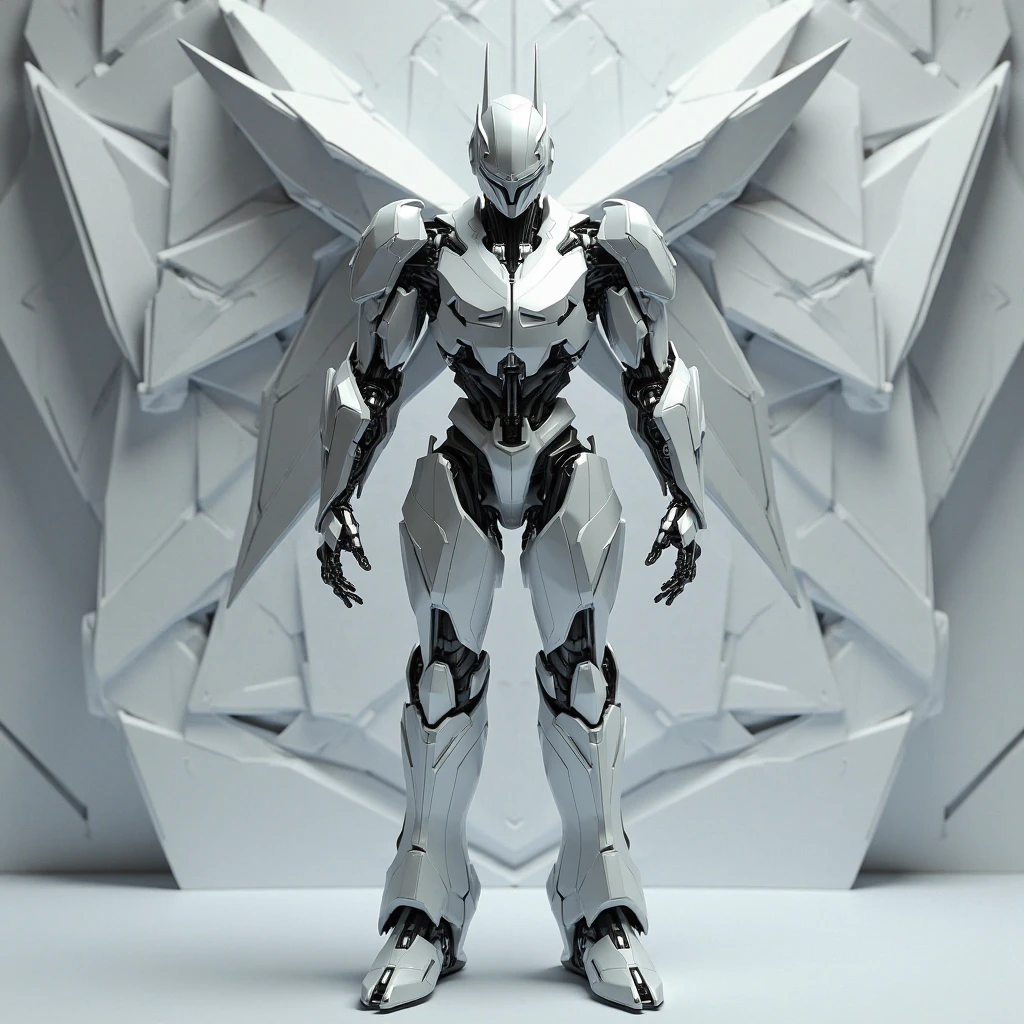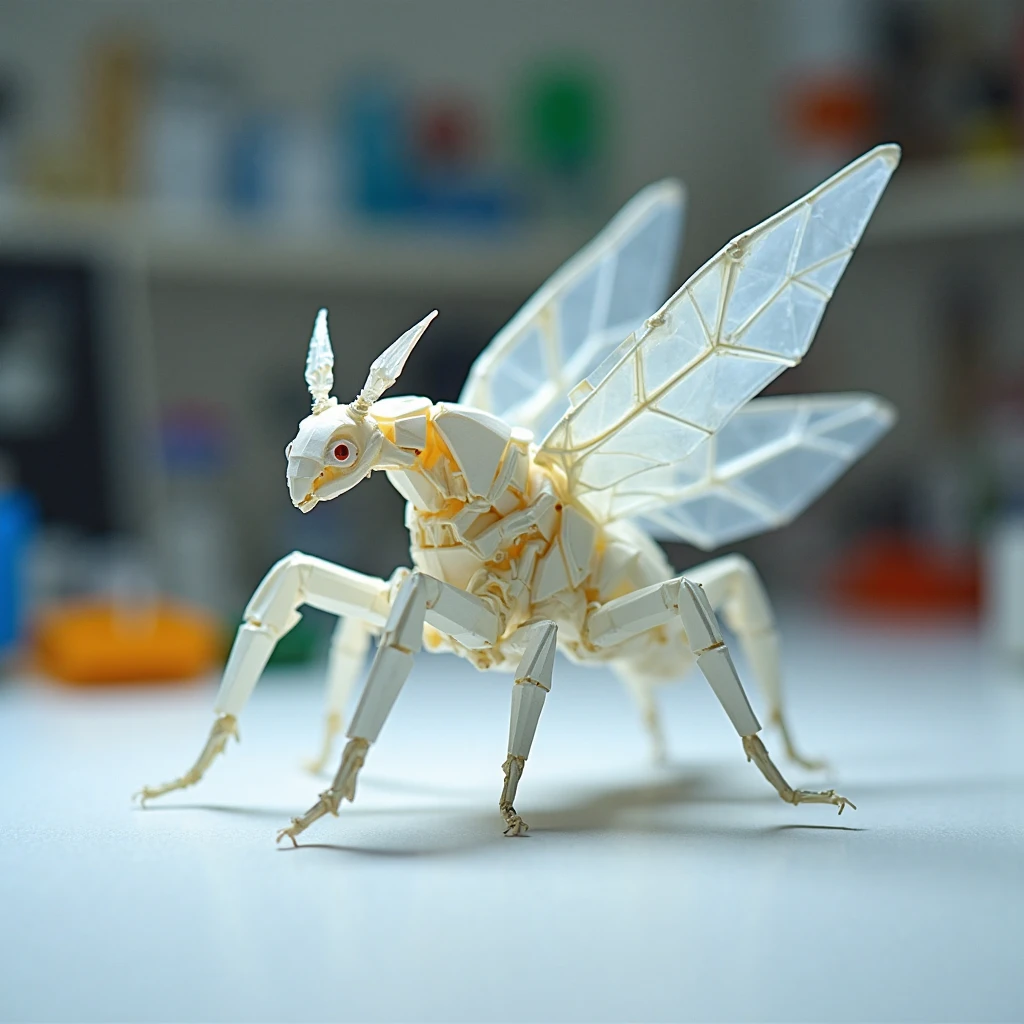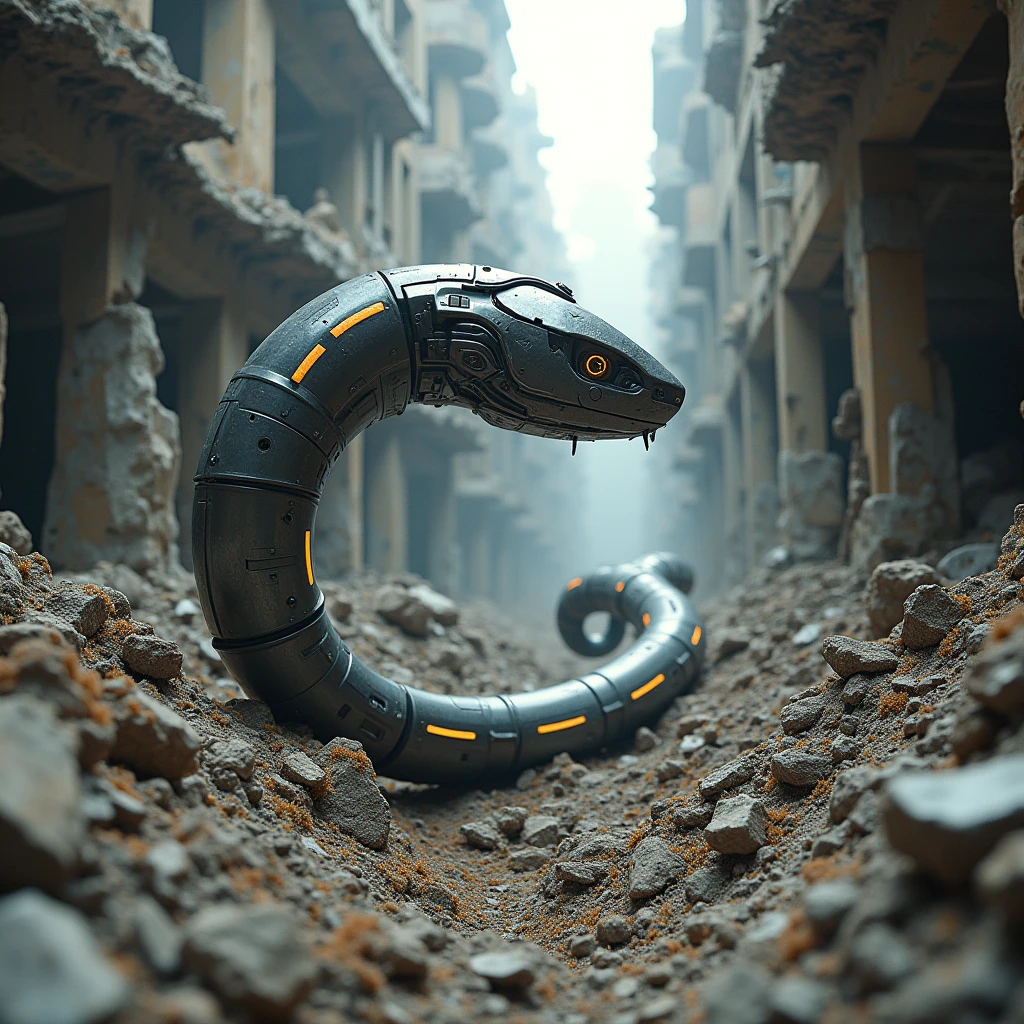When we think of origami, most often we imagine cranes or flowers made of paper. But today, this ancient art goes beyond a hobby. it will revolutionize robotics, space technology and medicine! Scientists and engineers around the world are studying the principles of origami to create folding robots, adaptive designs, and even artificial organs.

📜 From paper to high tech: how did it start?
The history of origami robotics began in the 2010s when engineers noticed the amazing properties of folded structures:
- Compactness - folded models take up a minimum of space.
- Strength - the right folds make fragile paper stable.
- Self-assembly - some forms can be transformed without external influence.
The first breakthrough happened at Harvard University, where they created an origami micro-robot capable of folding and moving independently. It weighed less than 1 gram and was as thick as a credit card!

🚀 Where are origami robots used?
1. Space technology
NASA uses origami to fold solar panels and antennas. In 2021, the agency sent a robot hopping robot with paper "legs" to the ISS, which could explore hard-to-reach places.

2. Medicine
- Origami capsules deliver medication to the desired area of the body and then open up.
- Surgical robots with flexible "arms" replicate the technique of folding paper flowers.
3. Rescue operations
Japanese engineers have developed a robotic snake that can get under rubble. Its body consists of sections folded like modular origami.

🔧 How do origami robots work?
The Secret - in 4 principles borrowed from traditional origami:
- Miura's folds - rigid ribs that allow the structure to unfold with a single movement.
- Tessellations - repeating patterns that make the robot flexible.
- Soft Robotics - materials imitating paper (flexible polymers, shape memory).
- Self-assembly - some models respond to heat, light or magnetic fields.
🎯 3 amazing examples
- Robot waterbender (MIT)
Weighs less than a paper clip and glides through the water like an insect. Its body is made of plastic with origami folds. - Artificial muscles (University of Illinois)
Inflatable structures that bend like paper models but lift 1000 times their own weight. - Transformers for Mars (NASA Jet Propulsion Lab)
Rovers with "wings" that unfold upon landing to protect equipment.

👩🔬 Can I make an origami robot at home?
Yes! The simplest models are assembled from:
- Conductive paper (copper coated)
- Mini-motors from old toys
- Magnets for remote control
DIY project example:
- Fold the basic "frog" shape.
- Add a motor and a battery.
- Program it to jump through the Arduino.
🔮 The future: where is technology headed?
Scientists are working on:
- Nanorobots for cancer treatment (folds up inside the body).
- Exoskeletons with origami joints.
- Self-repairing structures.
💡 Why it matters.
Origami robots are:
✅ Cheap (paper and plastic instead of metal).
✅ Environmentally friendly (degradable materials).
✅ Universally (from space to medicine).
Tip: For inspiration, study the work of Prof. Robert Wood (Harvard) and Daniela Roos (MIT).

Would you like to give it a try? Start with simple circuits - maybe it's your idea that will change the future of robotics! 🚀







